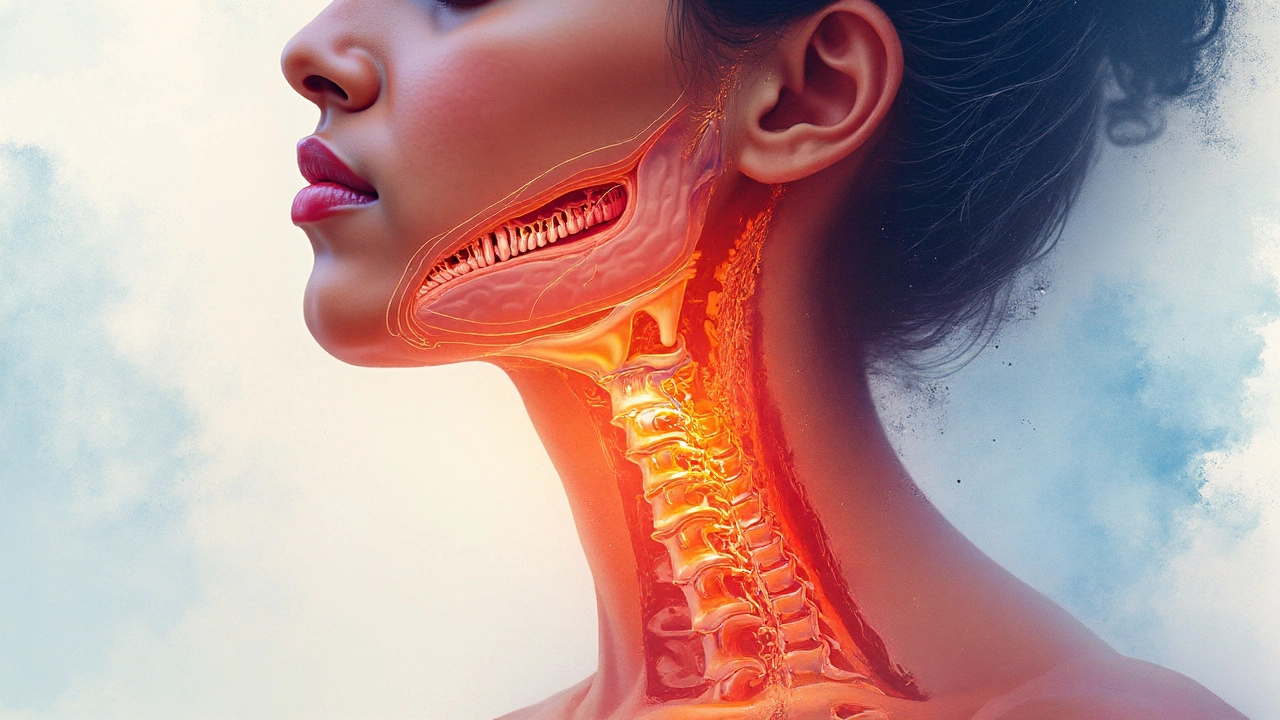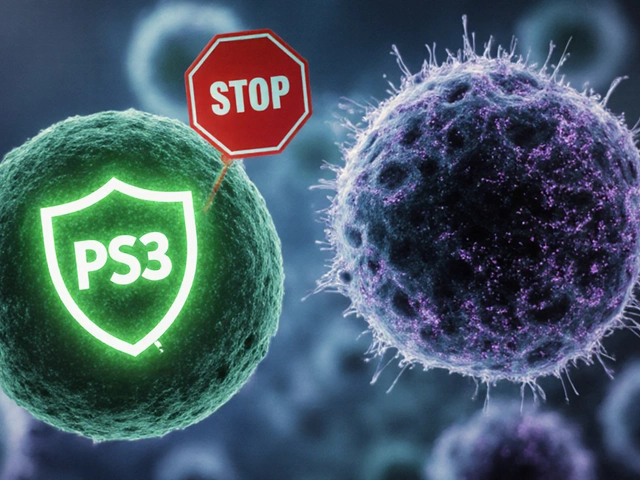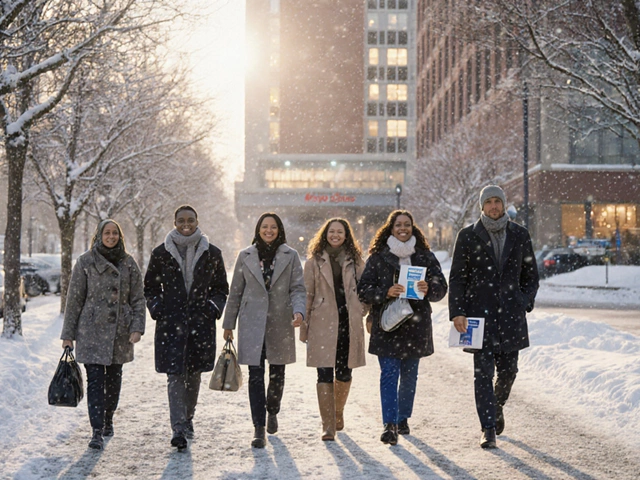Human Skeleton: Simple Guide to Your Body’s Framework
Ever wonder why you can stand, walk, or lift things? It’s all thanks to your skeleton – the sturdy framework of bones that supports every move you make. Think of it as the house you live in; without a solid structure, nothing else works right.
In this guide we’ll break down the major parts of the human skeleton, explain how they work together, and share practical tips to keep your bones healthy. No medical jargon, just clear facts you can use today.
Key Parts of the Skeleton
The adult skeleton has roughly 206 bones. They fall into two main groups: the axial skeleton and the appendicular skeleton.
The axial skeleton runs down the center of your body. It includes the skull, spine, ribs, and sternum. Your skull protects the brain, while the spine (or vertebral column) cushions the spinal cord and lets you bend and twist.
The rib cage shields the heart and lungs, and the sternum sits right in the middle, connecting the ribs like a sturdy belt.
The appendicular skeleton covers the limbs and the girdles that attach them to the trunk. That means your shoulder blades, arms, hands, hip bones, legs, and feet. These bones give you the range of motion needed for everyday tasks – from typing on a phone to running for a bus.
Each bone is made of a hard outer layer (cortical bone) and a spongy inner layer (trabecular bone). The spongy part is lighter, helping you stay agile, while the hard layer provides strength.
Keeping Your Bones Strong
Bone health isn’t something you think about until a problem pops up. The good news is you can boost bone strength with simple habits.
Eat calcium‑rich foods. Dairy, leafy greens, and fortified milks deliver the calcium your bones need to rebuild daily. Pair calcium with vitamin D (sunlight or fortified foods) so your body can actually use the mineral.
Move regularly. Weight‑bearing exercises like walking, jogging, or dancing send tiny stress signals to your bones, prompting them to get denser. Even a 30‑minute brisk walk most days makes a difference.
Avoid smoking and limit alcohol. Both can speed up bone loss, especially as you age. Cutting back helps keep the skeleton in good shape for years to come.
Check your posture. Slouching puts extra pressure on the spine and hips. Simple posture checks – shoulders back, ears over shoulders – reduce strain and protect the vertebrae.
If you have a family history of osteoporosis or other bone issues, consider a quick bone density test. It’s painless and can catch problems early, giving you time to act.
Remember, the skeleton isn’t a static structure. It remodels itself throughout life, shedding old bone and forming new. Your daily choices tell it whether to stay strong or become fragile.
So next time you pick up a grocery bag or stretch after a long sit, think about the 206 bones working together behind the scenes. Treat them well, and they’ll keep you moving for decades.





